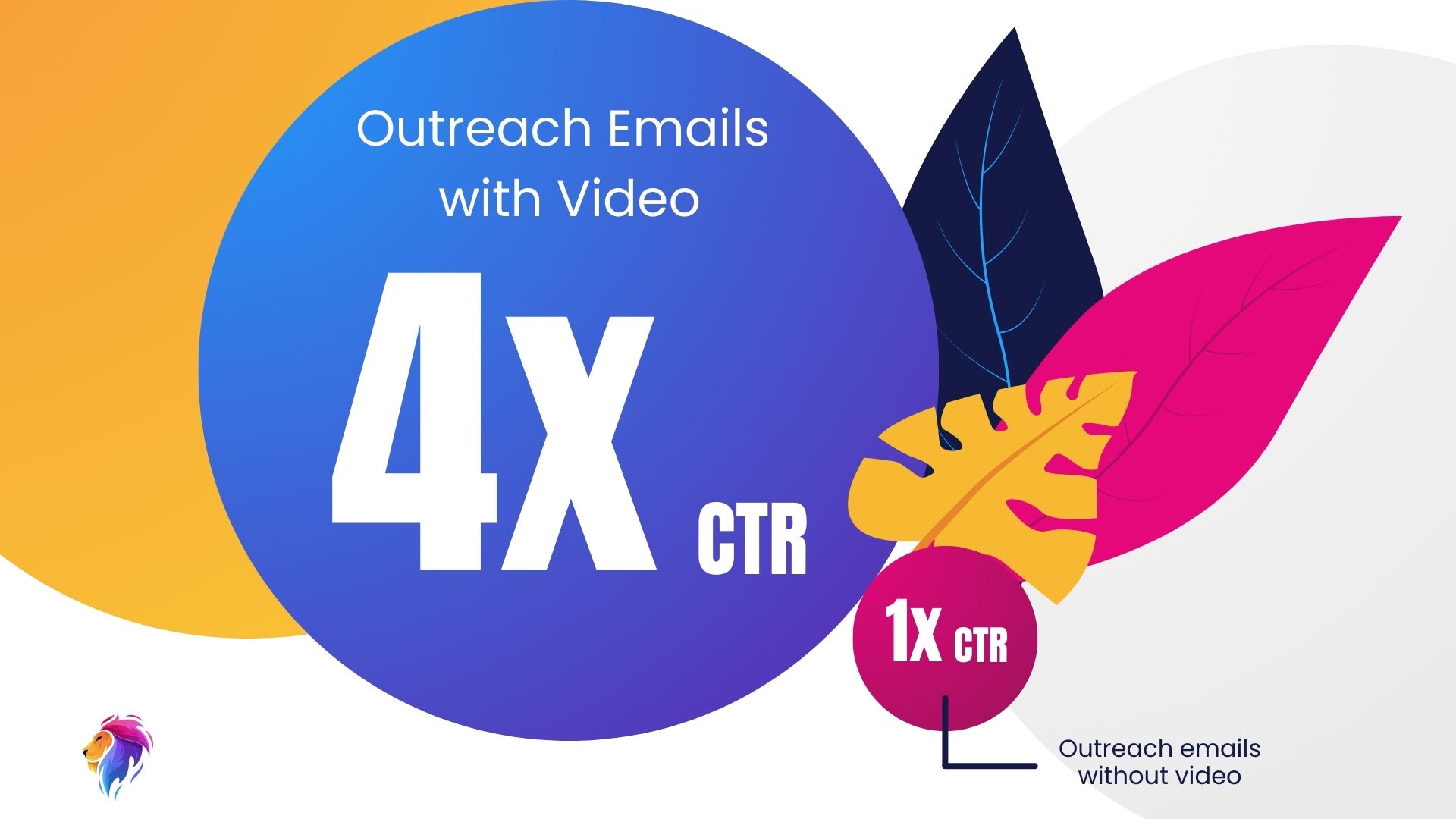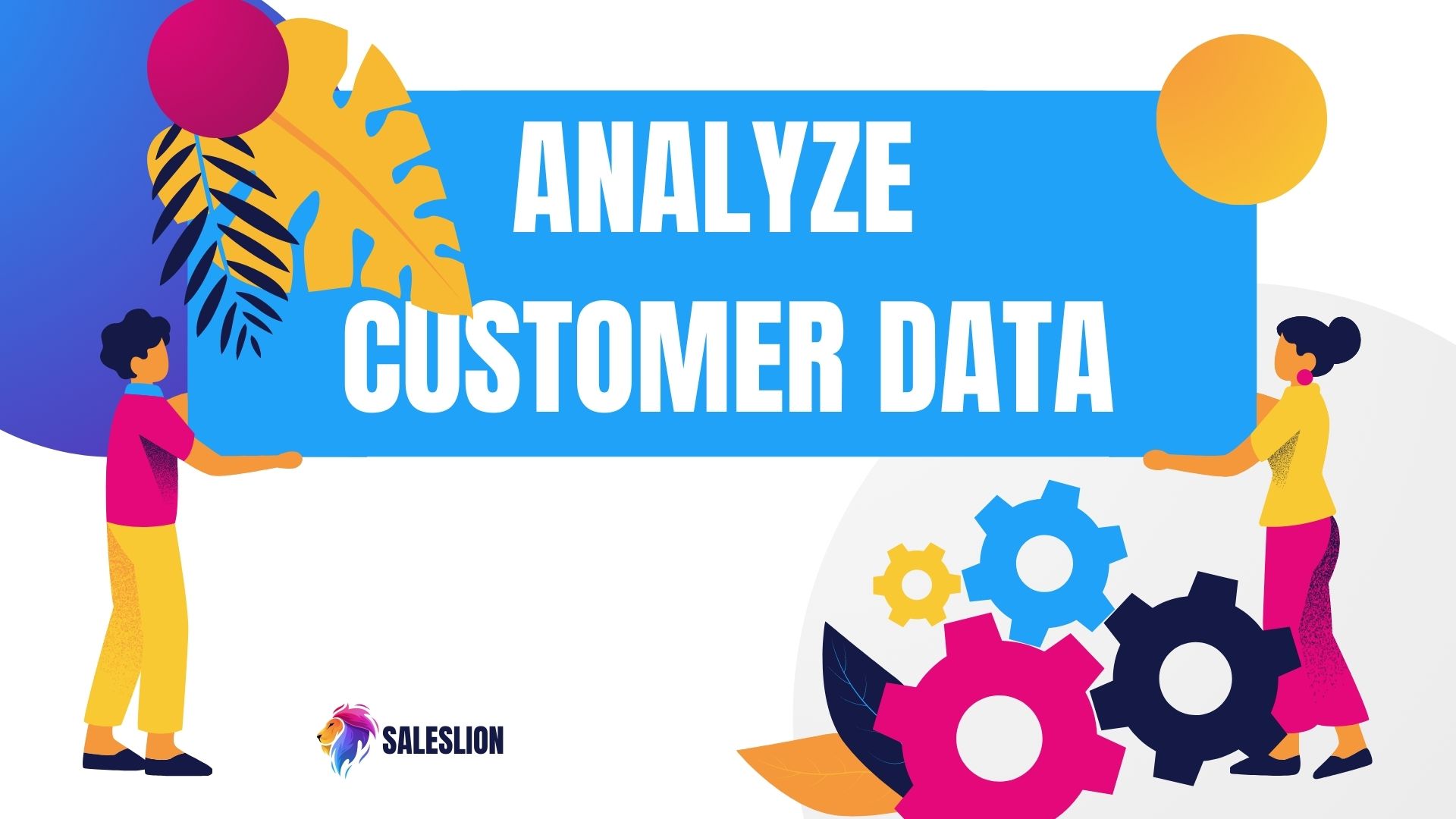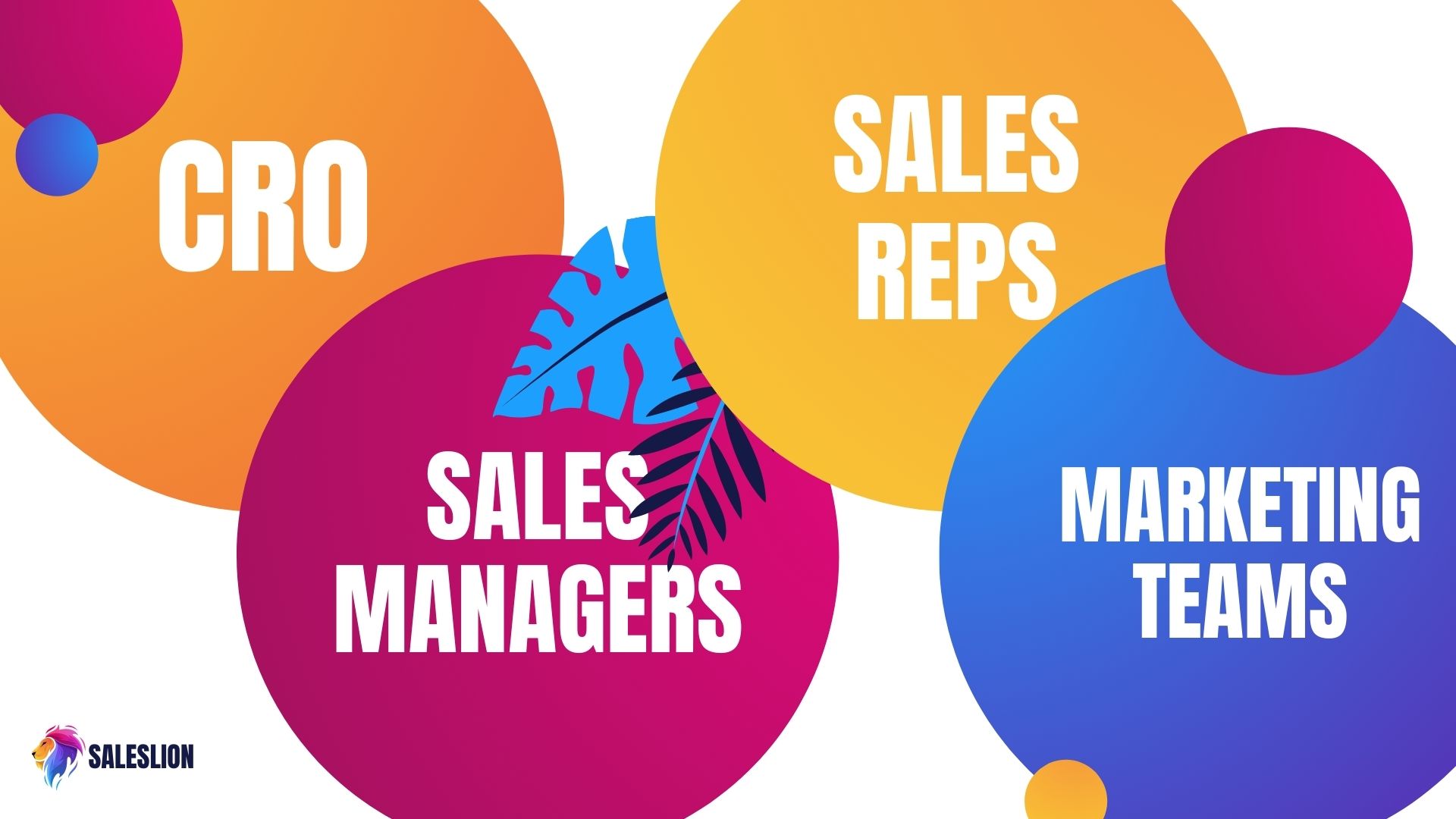In today’s digital age, sales and marketing teams are constantly seeking ways to streamline their processes and improve the customer experience. One tool that has gained popularity in recent years is the digital sales room, an online space that allows companies to share information and resources with buyers, streamlining the buying process and boosting revenue in the process.
If you’ve never heard of a digital sales room before, I would recommend you start here.
But if you are already familiar with the effectiveness of this specific digital sales tool, then this article is the place for you.
While digital sales rooms are effective across a wide variety of industries, they have proven to be especially revolutionary in the world of B2B sales.
And today we are going to be talking about the unique systems within digital sales rooms that differentiate them from any other type of sales enablement software as well as how digital sales rooms can assist with a wide rand of role types.
In this article…
Systems within a Digital Sales Room
Part of the reason why digital sales rooms are so effective and have gained so much notoriety is because of how versatile they are.
Combining several systems common to other sales enablement software onto a centralized platform, digital sales rooms allow sales teams to interact with customers in engaging ways, effectively turning the sales cycle from boring and unengaging into enjoyable and interactive.
CRM Systems
Salesforce was the first company to popularize the use of customer relationship management (CRM) technologies for companies interested in improving how they interacted and communicated with customers. And because customer satisfaction and user retention are such vital parts of every business, CRM technology was rapidly adopted.
According to Salesforce, businesses that use CRM technology are 51% more likely to exceed their sales quotas. Also, prospects who have even just a single negative experience with a company are much less likely to convert to paying customers.
But with CRM technology, monitoring communication with potential customers becomes infinitely easier to manage, reducing the number of poor interactions prospects have with your company.
But while Salesforce might have been the pioneer of CRM, these technologies are commonplace nowadays.
They exist in digital sales rooms as well.
While nowhere close to the sophistication of the CRM technology of companies like Salesforce, Hubspot, or Zoho CRM, these sales technologies contain tools and resources that allow sales teams to better manage their customer relationships, leading to higher satisfaction and conversion.
Digital sales rooms assist with customer relationship management in 2 key ways:
- With data and analytics, sales teams are able to accurately anticipate customer needs and communicate with them in a timely manner. This helps foster trust and credibility.
- With document management features, sales teams can easily provide customers with all of the information they need during the sales process, streamlining the experience and eliminating any confusion.
Video Messaging
Video communication is another form of technology that has exploded in popularity and effectiveness in recent years.
Through countless research studies, videos are shown to be one of the most popular forms of communication today. And because of that, teams are beginning to realize how productive they can be when trying to build an interactive sales experience for customers.
Videos have also found their way to digital sales rooms. Most sales rooms have either video integration features or video communication elements to boost engagement, build connections between customers and companies, and save time for sales teams.

As you can see based on the image above, video messaging is 4x more engaging than text. Leveraging this statistic, digital sales rooms help enhance the sales process by providing more engaging means of communication.
Customized videos can also help foster positive relationships with customers. Especially in today’s world where everything is remote and online, incorporating personalization into video communication can be extremely effective.
Finally, by using videos in digital sales rooms, sales teams are able to save themselves time from lengthy and disengaging meetings or Zoom calls.
Interactive Boards
Another key system that digital sales rooms have to boost revenue for B2B companies is an interactivity feature.
These interactive features come in the form of boards, sliders, and collaboration platforms and all of them help increase the quality of communication between buyer and seller during the sales process.
In an article that shared 5 ways to revolutionize B2B sales processes by using digital sales rooms, it stated these interactive boards within sales rooms are extremely important because they help remove any confusion about the solution being offered so that your prospects can make informed decisions.
Especially if you are in a B2B company that provides a complex product or service it will be easy for your prospects to either misunderstand what it is that you are truly selling or to become so disengaged that they have no interest in continuing down the funnel.
With interactive tools and boards though, companies can have both collaboration and comprehension with customers, making for a successful sales process.
The three main interactive features in the Saleslion digital sales room are:
- Ranking Boards: This board is perfect for discovery calls as it allows sales team members to monitor the prospect’s priorities so that the sales process is as optimized as possible.
- Solutions Boards: These boards allow for collaboration between the company and customer to define a monthly plan once the solution is implemented that accommodates the customer’s specific schedule.
- Pricing Sliders: This interactive tool gives companies the ability to tailor the solution so that it fits the customer’s budget and unique wants and needs.
Data and Analytics
The final key system within the digital sales room is the data and analytics software.
Data is an incredibly important part of any business as it is the key to understanding what is working well, what isn’t, and what to do about both.
Digital sales rooms play an incredible role in this as they can effectively monitor customer data and behavior so that your team can make more informed decisions about how best to serve them.

One major benefit of digital sales enablement platforms for analytics and data tracking is that they are able to provide real-time insights into customer behavior and engagement.
Instead of having to guestimate your prospect’s preferences while waiting for the data to come through, you can immediately see results for your engagement efforts and make adjustments accordingly.
With the analytics features within digital sales rooms, you can design a better sales and marketing strategy based on trends from customer behavior.
In summary, while CRM technology, video messaging, interactive boards, and data analytics are each effective on their own, the combination of all of those systems is what makes digital sales rooms so powerful.
How Digital Sales Rooms Can Help Every Role
Now that we know why digital sales rooms are as effective as they are and the key systems that make them so, let’s look into how these tools can be used by and support a wide variety of roles within your B2B company.

For CROs
According to an article by Salesforce on the 5 main traits that make up a quality chief revenue officer, a successful CRO is vision-oriented, data-obsessed, passionate about building teams, cool under pressure, and nimble against change.
Digital sales rooms are effective tools for these sales leaders as they can give the necessary data on customer behavior, ease collaboration within teams and onboarding of new team members, and help maintain agility through customizable features and platforms.
For Sales Managers
Some unique challenges that sales managers face, as sourced from this article, are responding to revenue target pressure, managing and leading teams, fostering internal dynamics and collaboration, and staying competitive in the fast-paced sales environment.
While digital sales rooms can assist with all four of those main challenges, it has proved to be especially helpful for sales managers by boosting revenue through increased close rates and by maximizing internal collaboration efforts within teams.
For Sales Representatives
The life of most B2B sales representatives involves a lot of customer outreach, discovery calls, and follow-up emails.
Because of this, digital sales rooms can be great tools in the toolkit.
By acting as a central hub of information, sales reps can save time by using digital sales rooms to share information, effectively eliminating time-intensive back-and-forth emailing. They can also improve the quality of their discovery calls by including personalization features and interactive boards.
For Marketing Teams
Digital sales rooms, while generally sales-specific, can also be extremely beneficial for marketing teams. Because marketing and sales departments work so closely to ensure that leads are not only being generated but effectively converted into customers, collaboration is necessary.
Digital sales rooms can help enhance collaboration between teams so that all parties become more productive with their work.
Also, with the data and analytics systems within digital sales rooms, marketing teams are able to better understand how to create content that truly resonates with their company’s target audience.
Key Takeaways
In conclusion, digital sales rooms have become an essential tool for many different roles within a company, from CROs to marketing teams.
These versatile and effective platforms provide a way to engage with customers and prospects in a more dynamic and interactive way, while also enabling teams to customize their presentations to the specific needs and interests of each customer.
Additionally, digital sales rooms provide valuable data insights into customer behavior and engagement, which can help inform marketing and product development strategies.
By using digital sales rooms, companies can streamline their sales and marketing processes, improving collaboration and driving revenue growth in the process.
Reach out to us today to learn more about how the Salelslion digital sales room can help you scale your company.